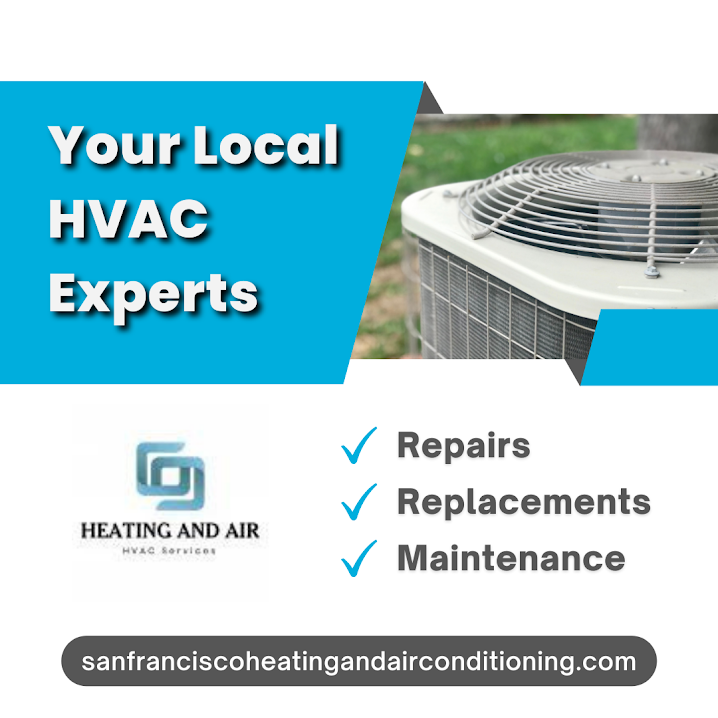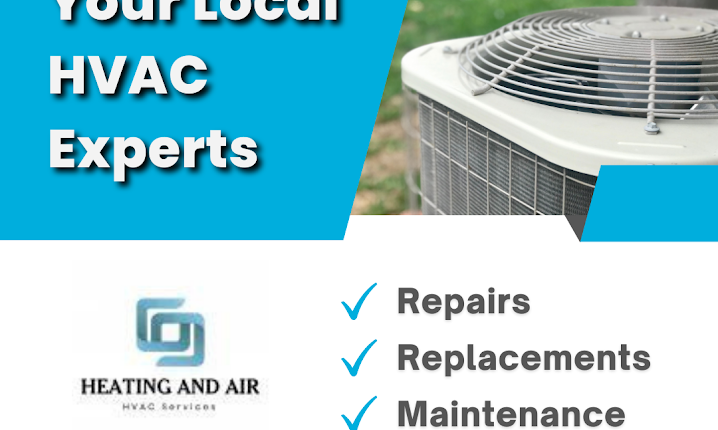
Modern HVAC systems have evolved to incorporate sophisticated circuit boards that monitor and control various components. These circuit boards are equipped with error code systems that provide valuable diagnostic information when something goes wrong. In this article, we will explore the significance of error codes on HVAC circuit boards, understand their purpose, and discuss how to effectively troubleshoot and address issues indicated by these codes.
The Importance of Error Codes
Error codes on HVAC circuit boards serve as the system’s “language” to communicate problems and malfunctions to technicians and homeowners. When a fault occurs, the circuit board generates a specific code, helping technicians quickly pinpoint the issue, thus saving time and reducing downtime.
Understanding Error Code Formats
Error codes can vary based on the manufacturer and the specific system, but they generally follow a similar pattern. Most codes consist of two components: a numerical value and an alphabetic indicator. The numerical value indicates the nature and source of the problem, while the alphabetic indicator gives additional details about the component or system affected.
Common Error Codes and Their Meanings
- E1 or 01: Indicates an issue with the air filter. The system may be struggling due to restricted airflow.
- E2 or 02: Refers to a problem with the temperature sensor. The sensor might be faulty or misreading the temperature.
- E3 or 03: Suggests a malfunction in the blower motor. The motor might not be functioning properly or may be drawing excessive current.
- E4 or 04: Points to a problem with the refrigerant pressure. It could be low refrigerant levels or an issue with the pressure sensor.
- E5 or 05: Signals a fault in the condenser fan motor. This may be due to motor failure or electrical issues.
- E6 or 06: Indicates a communication error between components. This could be a wiring issue or a problem with the control board itself.
Troubleshooting and Solutions
- Refer to the Manual: Each HVAC system comes with a manual that provides a list of error codes and their meanings. Start by consulting the manual to decode the error displayed.
- Power Cycle: In some cases, errors might be temporary glitches. Try turning off the system, waiting a few minutes, and then turning it back on.
- Inspect Components: Visually inspect the components indicated by the error code. Check for loose connections, damaged wires, or obvious signs of malfunction.
- Replace Faulty Parts: If a specific component is identified as faulty, such as a temperature sensor or blower motor, replace it according to the manufacturer’s guidelines.
- Check for Blockages: If the error code suggests airflow issues, check for clogged filters, blocked vents, or obstructions in the ductwork.
- Professional Assistance: If the issue remains unresolved or if you’re uncomfortable performing troubleshooting steps, it’s best to seek assistance from a qualified HVAC technician. They have the expertise and tools to diagnose and repair complex problems.
Conclusion
Error codes on HVAC circuit boards play a vital role in quickly identifying and addressing issues within the system. Understanding the meaning of these codes and following appropriate troubleshooting steps can help homeowners and technicians resolve problems efficiently. Regular maintenance, prompt attention to error codes, and professional assistance when needed ensure the optimal performance and longevity of HVAC systems.


— 1 Comment —